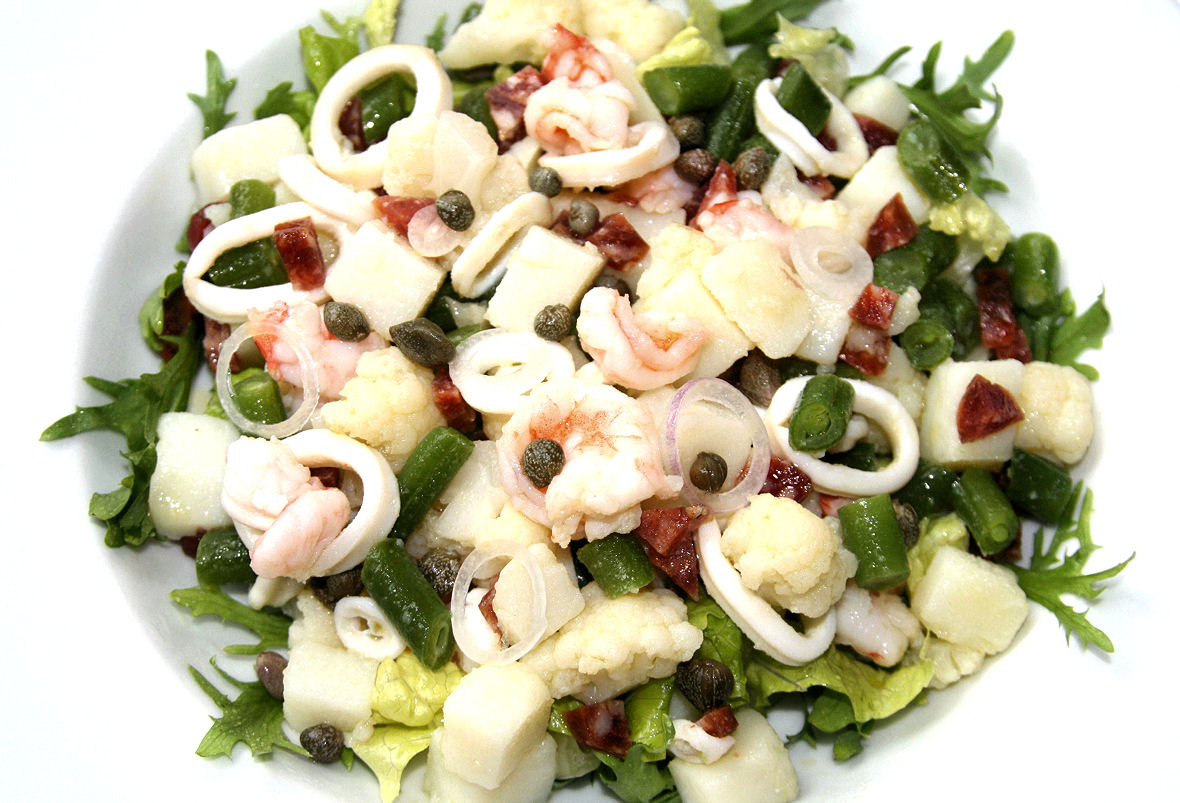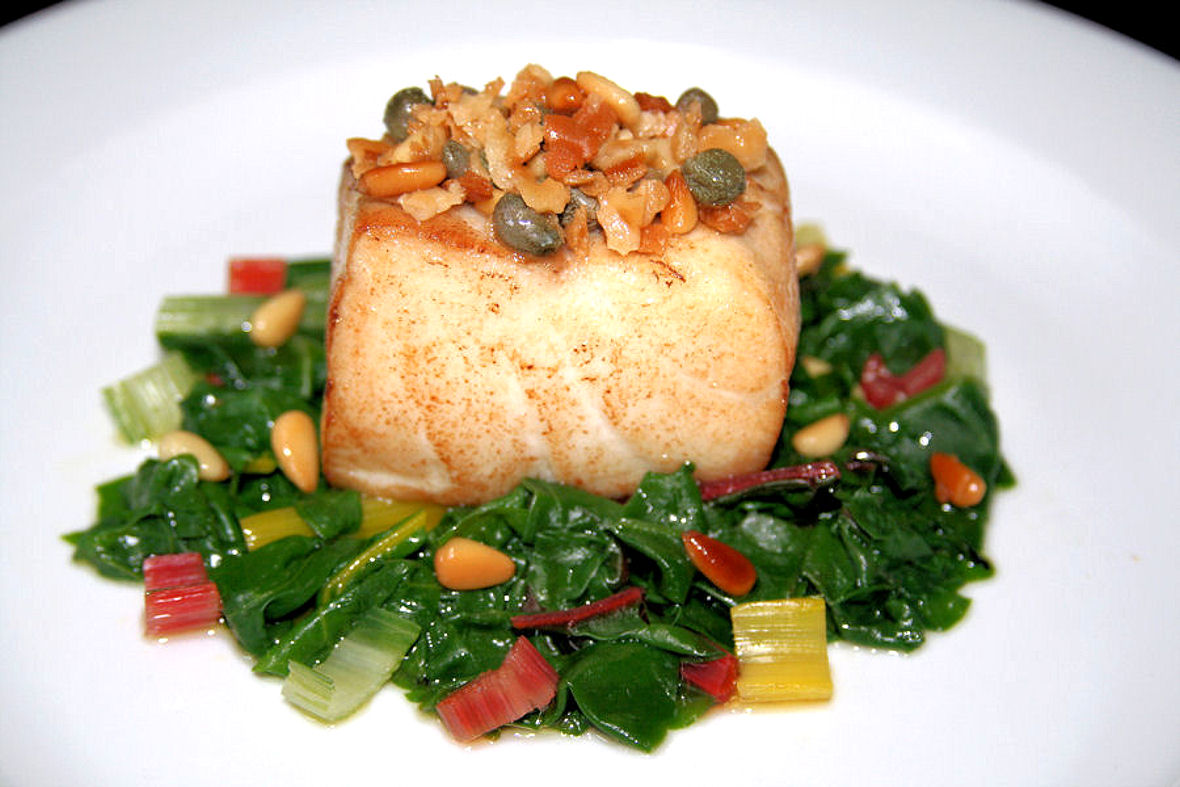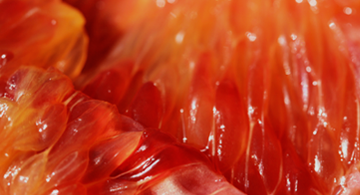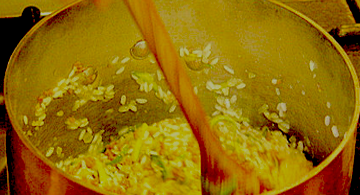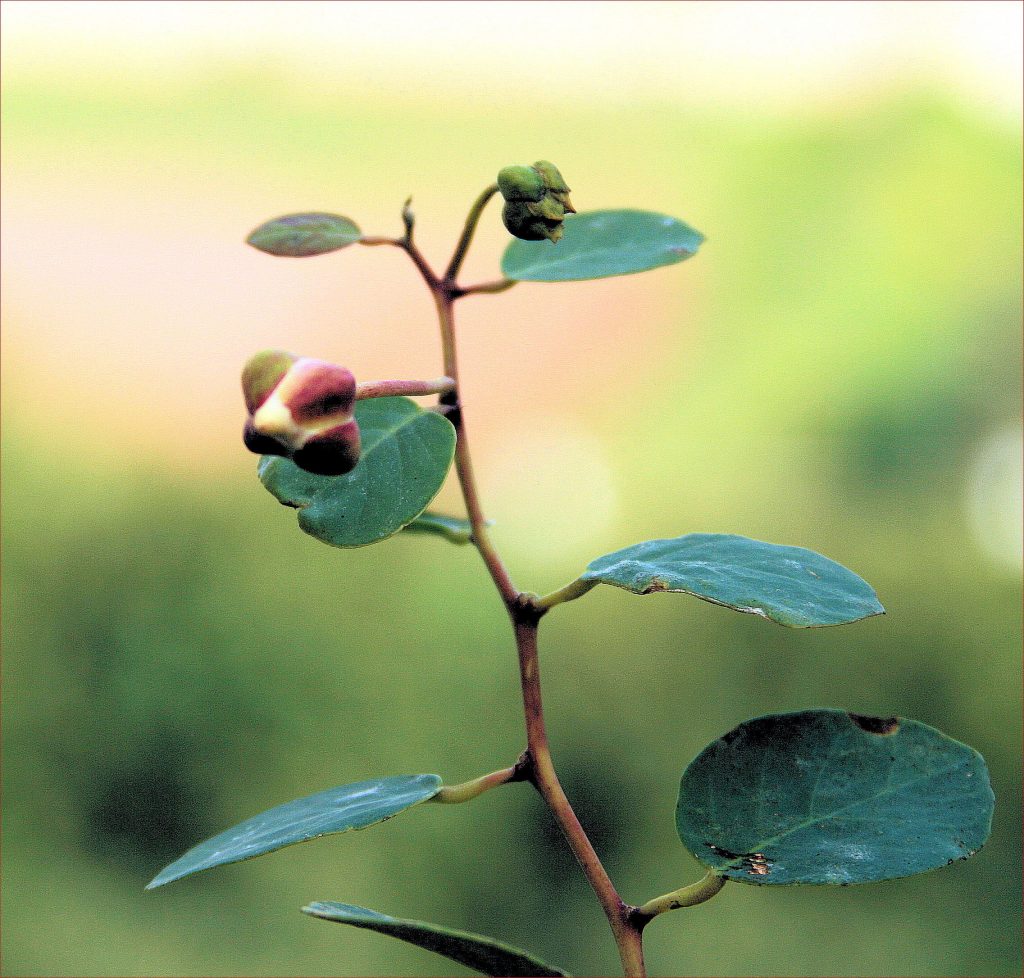
The caper, or Capparis spinosa L., is a member of the Caperaceae family. It is a perennial spiny bush with round fleshy leaves and compact white-pink blush flowers. Native to the Mediterranean region, it grows wild on walls, the side of the road and rocky coastal areas. Partial to warm, full sun climates with regular rainfall or watering during summer followed by a drier winter, caper bushes are found in several Italian regions but grow prolifically in Liguria, Pantelleria, Puglia, and Sicily.Italy is cultivating and producing approximately 1500 tons of capers annually. Walk around and you’ll see this hardy drought-resistant bush in the most unlikely places, often rambling with low height, and in various stages of bud-bloom-fruit. The lifespan of the flower is short, about 24 to 36 hours, however each plant can produce hundreds of flowers each season. Capers can be grown from seed or cuttings from semi-hardwood shoots. Related species include C. sicula, C. orientalis, and C. aegyptia.
Caper leaves can be boiled and pickled, or dried and used as a coagulant. Caper roots are used for tea to treat rheumatism. The plant contains rutin, a powerful antioxidant bioflavanoid; with no known toxicity, it is used as a diuretic and as a supplement for strengthening capillaries. The edible flower buds, capers, are harvested and preserved in salt or pickled in vinegar. Caper buds are categorized and sold by size, grading systems as follows: non-pareilles (considered the most desirable, up to 7 mm), surfines (7-8 mm), capucines (8-9 mm), capotes (9-10 or 9-11 mm), fines (10-10.5 mm or 11-13 mm), and grusas (10.5+ mm or 14+ mm). When the bud is permitted to bloom, it produces fruit called a caperberry; this is harvested while green and is also preserved in salt or pickled. Typically, capers and caperberries are used in drinks, salads, sauces, and pizza, and garnish many meat, fish, and poultry dishes.
Preserving Raw Capers | Capperi Sotto Sale: Rinse the raw capers under cool running water, drain and pat dry. Mix them with coarse sea salt, so each caper is coated but not covered completely in salt. Put into a large glass jar, seal the jar and refrigerate for 10 days.During the 10 days, some liquid will be extracted from the capers diluting the salt (less white in color, more green). On the 10th day, pour the contents into a colander, rinse well under cool running water and drain. Taste the capers, if they are too salty, rinse again, repeat until they taste only slightly salty. This salt combines well with the vinegar to preserve the capers.
In Salamoia: Rinse out the jar. Put the rinsed capers back into the jar and add a combination of good quality white wine vinegar and mineral or filtered water to taste completely immersing the capers in the liquid. Close the jar, refrigerate for a few days to infuse the capers then use them as you wish. These capers remain in excellent condition for several months.
